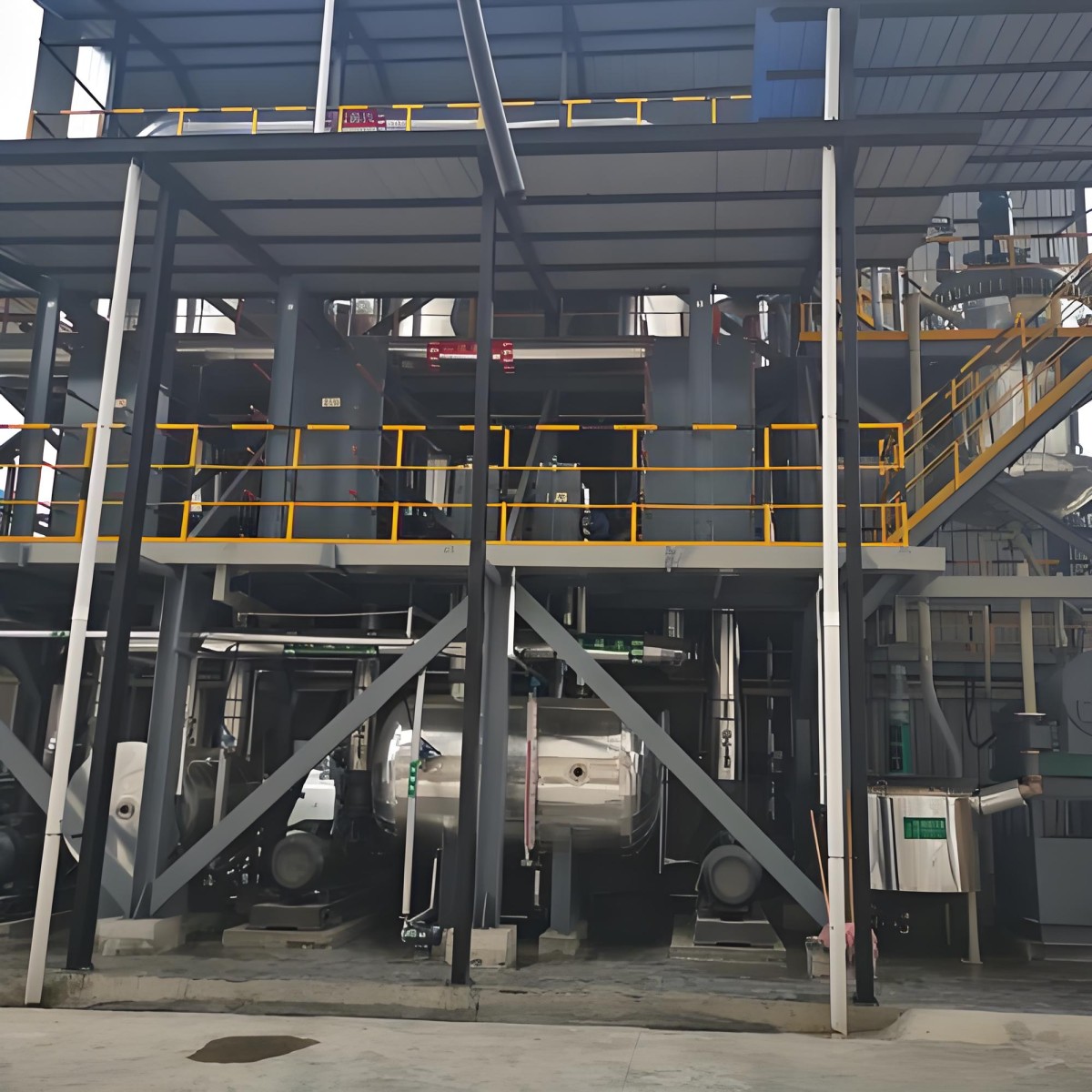Product Cases
Plate evaporator plays a key role in efficient evaporation concentration and crystallization separation in the desalination of printing and dyeing wastewater, and is particularly suitable for the treatment of high-salt and high-COD wastewater. Its core function is to drive water evaporation through thermal energy, achieve salt concentration and crystallization and fresh water recovery, and reduce the volume of wastewater at the same time.
Plate evaporator realizes resource utilization through efficient evaporation, salt recovery and fresh water regeneration in the desalination of printing and dyeing wastewater. Typical cases show that it can reduce energy consumption by 30%~40% and the salt recovery rate exceeds 90%. Material selection needs to focus on chloride ion tolerance and anti-pollution design. Titanium and 254 SMO stainless steel are the mainstream choices. The future trend will be to develop an intelligent integrated system of MVR+plate evaporation.



King DuPont, China famous brand of heat transfer and fluid handling supply platform.
Contact

Get Free Quotes
NEED TO CHAT?
We will get back to you within 24 hours of receiving the message.

